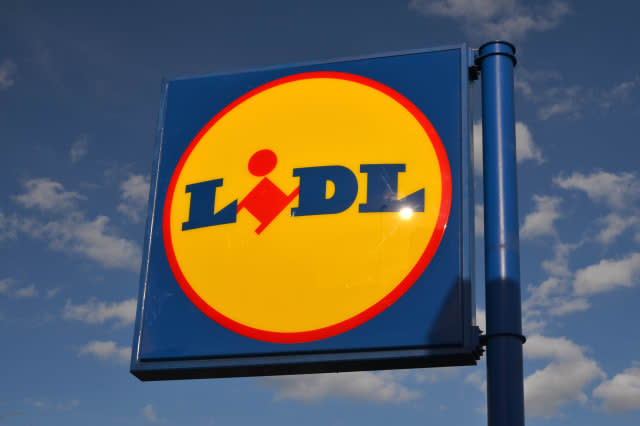Lidl is winning the supermarket price war - closely followed by Aldi

The latest supermarket sales figures show that Lidl is winning the price war. Sales at the chain are up an astonishing 17.7% in a year, and its market share has increased from 3.7% to 4.4% in the last three months alone. Aldi, meanwhile, has seen its market share rise to take 6% of the market - putting it hot on the tail of the Co-Operative at 6.1%. Tesco, Asda and Morrisons, meanwhile, are feeling the pinch.
Ronny Gottschlich, Lidl UK chief executive, was celebrating. He said: "With almost 40 million customer transactions in the four weeks leading up to Easter, Lidl has become the supermarket of choice both for the regular shop and the most important meals of the year for an increasing number of British consumers."
Discounters
The figures, from Kantar, show that Aldi is growing almost as quickly as Lidl - at 14.4% in a year. The two are vastly outstripping the rest of the market, partly because while the biggest chains are closing stores, Lidl and Aldi are opening them at lightning pace.
They are also attracting new shoppers to their existing stores - focusing on bringing in more well-heeled customers. It's one of the reasons why they are expanding their premium grocery lines at twice the pace of the rest of their ranges.
The good news for British shoppers is that as a result of the growing power of the discounters - and the increasing efforts of the big chains to compete on price - high street food prices continue to fall - and are down around 1.5% in a year. The organisation calculates changes prices based on a sample basket of goods, and much of the price cuts were attributed to big falls in the price of butter, sausages and crisps.
Market share
The analysts also released separate figures, showing changes in market share over the previous three months. There was bad news for Tesco, which while remaining by far the biggest retailer, saw its market share fall from 28.4% to 28.1%.
This, the experts were at pains to point out, isn't a great sign, but at least is a slower decline than it has been seeing recently - and is the fourth month in a row that the fall has slowed. They speculate that this could be a sign that Tesco is reaching a turning point, and could actually see sales grow again within the year.
Asda also saw its market share fall - from 17.1% to 16.2%. This made it the worst performing out of the big players, as it continues to see its core shoppers drawn to the discounters in search of even cheaper grocery shopping. In the same period it suffered a 3.9% fall in sales.
Morrisons' market share, meanwhile, fell from 10.9% to 10.5%. This is partly because the store sold 140 convenience stores and closed 28 supermarkets during this period - which was always going to make a dent in sales.
Sainsbury's held steady at a market share of 16.4%, and actually saw sales rise 1.2%. This is being attributed to a change in strategy, which has seen the store drop multi-buys to protect its margins.
The Co-Operative climbed from 6% to 6.1% - which kept it one step ahead of Lidl, which is now at 6%. The Co-Operative is said to be benefiting from the trend away from the big weekly shop, towards top-up shopping at more convenient stores.
Waitrose also held steady at a market share of 5.1%. The store has just launched a new own brand premium range called Waitrose 1, in order to appeal to premium shoppers, and draw them back from rivals. We will have to wait for the next set of figures to see how successful this move has been.
The figures showed a boost for all the retailers over Easter. The Easter season was earlier than last year, boosting sales by around £152 million - as 63% of the population bought at least one Easter egg, 50% bought hot cross buns and 15% bought a leg of lamb. This shopping spree meant sales were up 1.1% - their fastest growth for a year.





